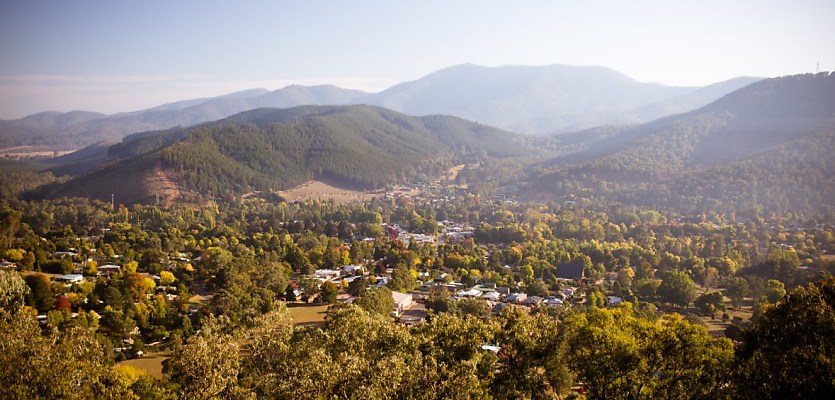For the third month running, the national residential vacancy rate has risen, with SQM Research indicating the increases have been felt right across the nation.
April saw the national vacancy rate rise to 1.2 per cent, with the largest capital city increase reported in Hobart, which reported a 0.5 per cent increase to 1.6 per cent in the fourth month of the year. That means the number of rental vacancies in the Tasmanian capital has tripled since the record lows in April 2022.
The vacancy rates in the rest of Australia’s capital cities are: Sydney (1.4 per cent), Melbourne (1.2 per cent), Brisbane (1 per cent), Perth (0.6 per cent), Adelaide (0.6 per cent), Canberra (2 per cent), and Darwin (1.1 per cent).
Australia-wide, the number of rental vacancies now stands at 36,785, led by Sydney, which boasts 10,133, followed by Melbourne’s 6,430, a rapid fall from the 12,655 available rentals in the Victorian capital last April.
SQM Research also revealed the rental vacancy rates across the Sydney, Melbourne, and Brisbane central business districts also rose throughout the month to 4 per cent, 3.3 per cent, and 1.7 per cent respectively.
In a welcome sigh of relief for tenants in the national capital, Canberra — where the residential vacancy rate has risen to 2 per cent — the latest figures lead SQM Research to declare the territory’s rental crisis has come to a close as the market returns to equilibrium. The analytics hub noted Hobart’s recent vacancy rate increase indicates an end to the city’s rental crisis is close on the horizon.
For the nation’s regional markets, vacancy rates continue to rise, indicative of population reversal from the pandemic trend of increased outflows from Australia’s capital cities into its regional hubs.
According to SQM Research, NSW’s north coast’s vacancy rate jumped to 1.8 per cent.
Elsewhere, Sydney’s Blue Mountains’ hit 2 per cent — its highest level since April 2020 — and Victoria’s Mornington Peninsula hit 1.7 per cent, also its highest level since April 2020.
In Queensland, the Gold Coast’s residential vacancy rate climbed to 1.3 per cent while the Sunshine Coast’s rose to 1.6 per cent, the highest levels both figures have been since September 2021 and May 2020, respectively.
As for rents, SQM Research showed they’ve risen with vacancy rates with capital city asking rents rising 0.4 per cent in the 30 days to 12 May as part of a wider 12-month rise of 20.7 per cent.
Capital city house rents rose 0.1 per cent in April, while units climbed 0.7 per cent, as part of 12-month increases of 17.7 per cent and 24.2 per cent, respectively.
According to the data, the median asking rent for capital city homes is $757, with this rate dropping to $579 for apartments, with Sydney houses marked as the most expensive rental market ($963).
Conversely, units in Adelaide are the cheapest to rent in Australia, with landlords asking $414 for the dwelling group in the South Australian capital.
A large portion of regional rents fell, leading to the national median asking rent for regional dwellings being $568 per week.







You are not authorised to post comments.
Comments will undergo moderation before they get published.